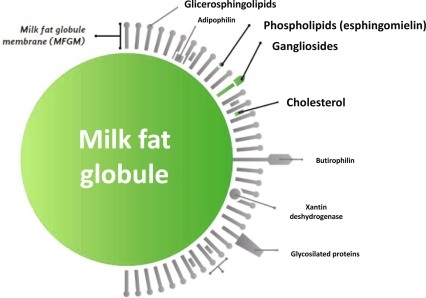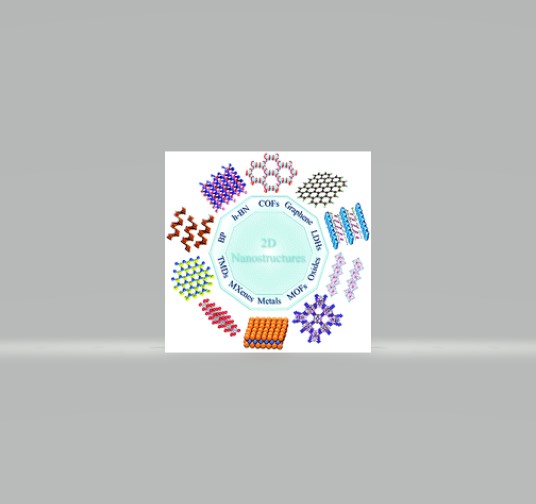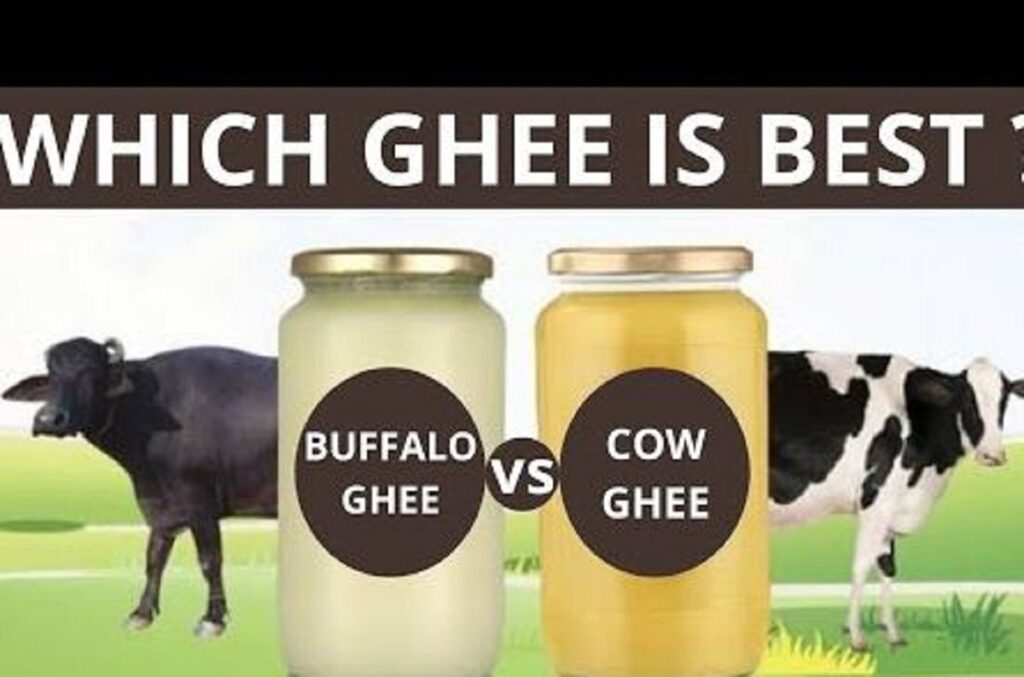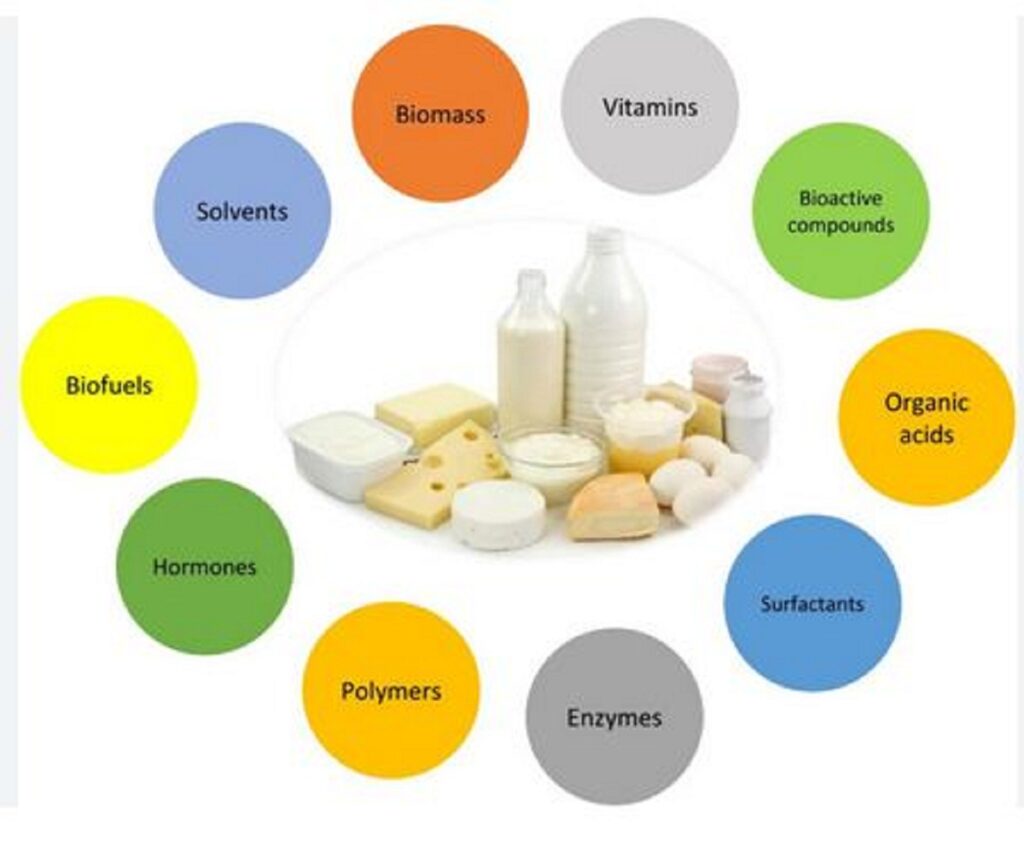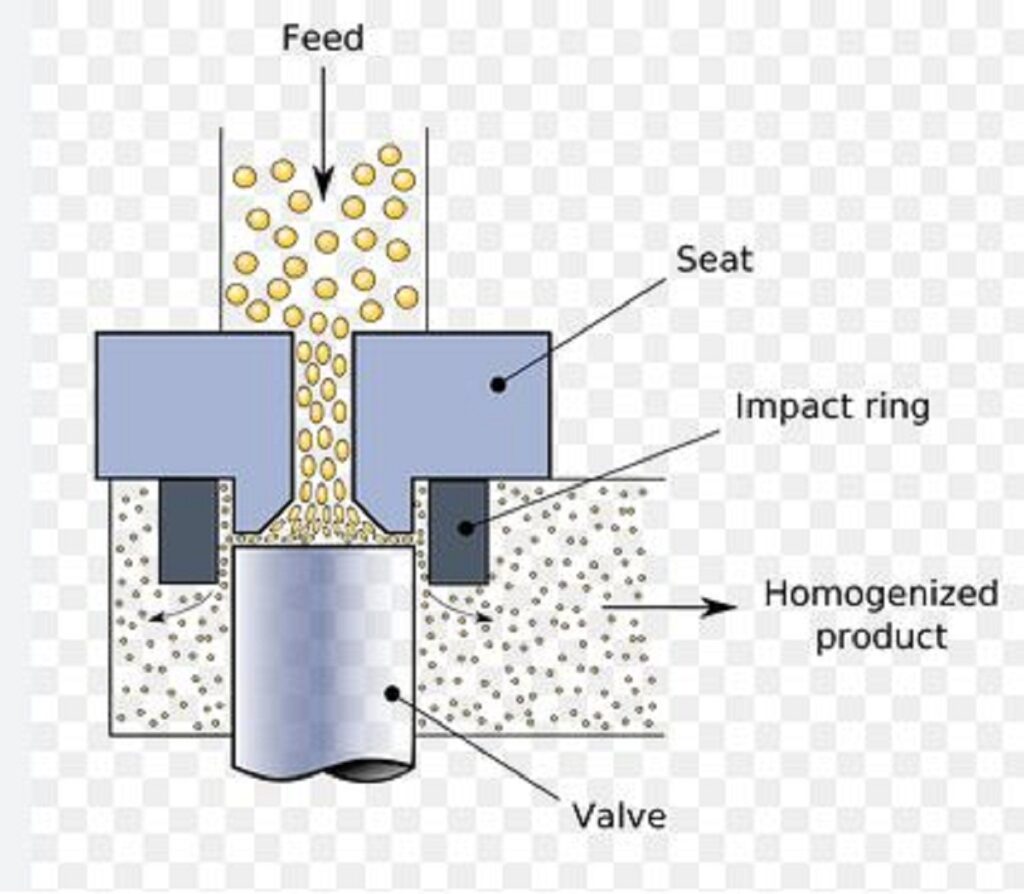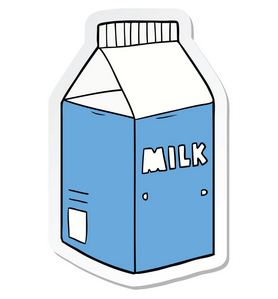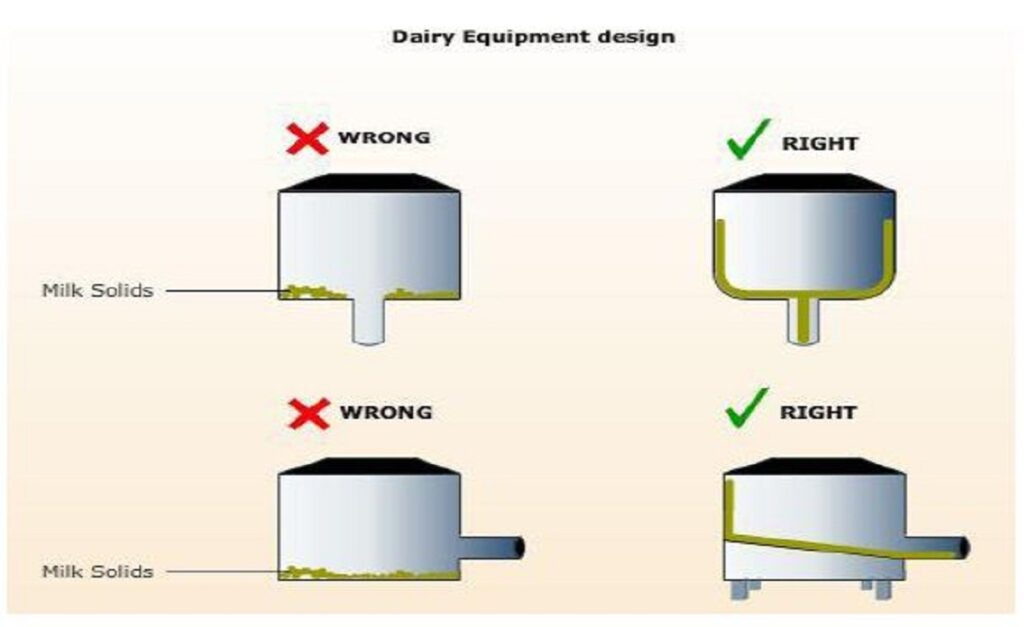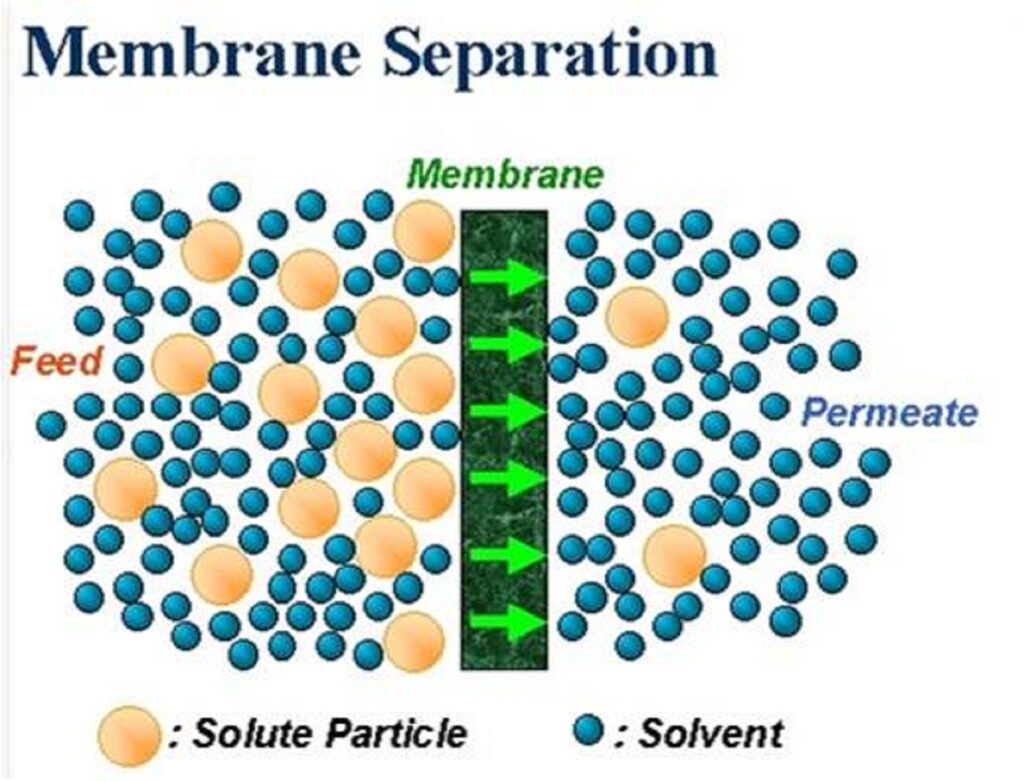Metal Detectors -The Indispensable Instrument for Quality Assurance
Introduction For several years, production in the food, beverage and Dairy industries has become increasingly automated. This is due to larger production volumes, increasing demands on quality and higher costs. However, even in a well-managed, automated and mechanized food, beverage and dairy industry, contamination of end products during production cannot be completely ruled out. It’s …


